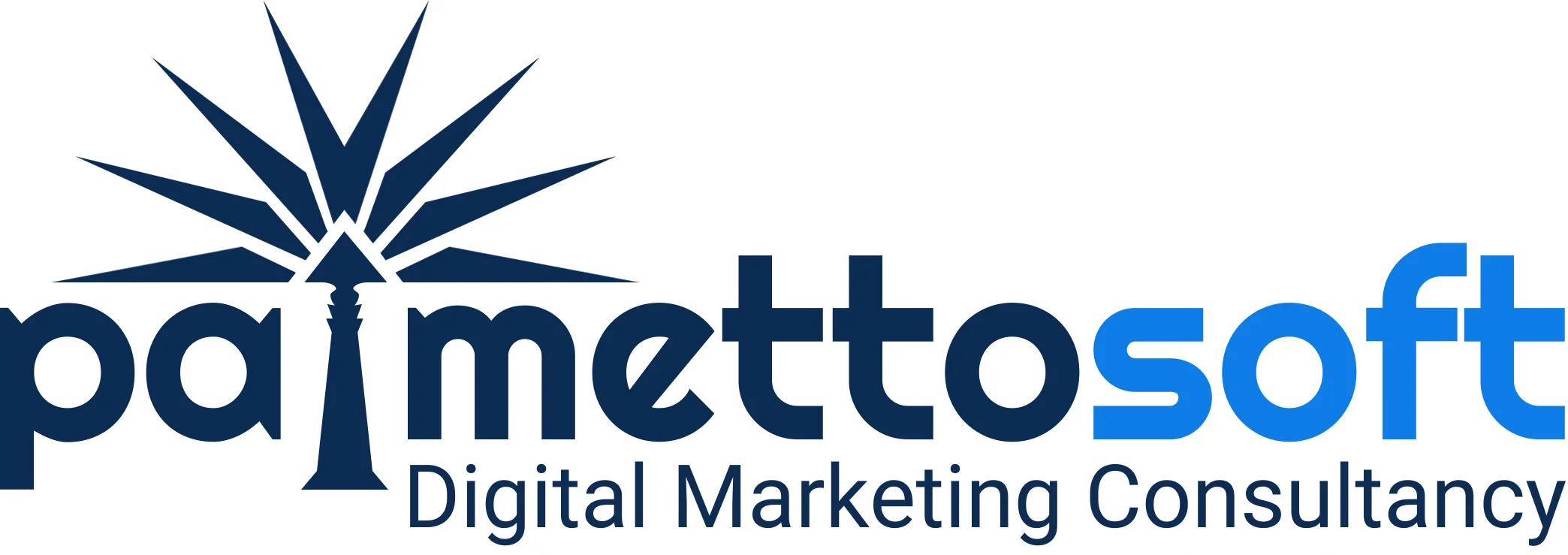Expanding your keyword list is a crucial step in maximizing the effectiveness of your Google Ads campaigns. Step seven in our Google Ads Process focuses on adding new keywords, which can help you reach a broader audience, improve your ad relevance, and boost your overall campaign performance. In this post, we will delve deeper into the strategies and best practices for discovering and implementing new keywords to enhance your Google Ads campaigns.
Importance of Adding New Keywords
Adding new keywords to your Google Ads campaigns is essential for several reasons:
- Increased Reach: New keywords can help you tap into a wider audience, driving more traffic to your site.
- Improved Relevance: Fresh keywords can make your ads more relevant to current trends and search behaviors.
- Enhanced Performance: Continuously updating your keyword list can lead to better click-through rates (CTR), lower cost-per-click (CPC), and higher conversion rates.
Strategies for Discovering New Keywords
1. Keyword Research Tools
- Google Keyword Planner: This is an excellent starting point for finding new keyword ideas. It provides insights into search volume, competition, and suggested bids.
- SEMrush: Offers comprehensive keyword research capabilities, including competitor keyword analysis, keyword difficulty, and related keywords.
- Ahrefs: Known for its robust keyword explorer tool, Ahrefs helps identify keyword opportunities and analyze their potential impact on your campaigns.
2. Competitor Analysis
- Identify Competitors: Determine who your main competitors are in the Google Ads space.
- Analyze Competitor Keywords: Use tools like SEMrush and Ahrefs to see which keywords your competitors are targeting. This can provide valuable insights and uncover new keyword opportunities.
3. Customer Feedback and Queries
- Review Customer Interactions: Look at the questions and feedback you receive from customers through emails, social media, and customer service channels.
- Use FAQ Sections: Analyze the frequently asked questions on your website or industry forums to find potential keywords.
4. Industry Trends and News
- Stay Updated: Keep an eye on industry news, blogs, and forums to identify emerging trends and popular topics.
- Incorporate Trending Keywords: Integrate relevant trending keywords into your campaigns to stay current and capture new search traffic.
5. Google Search Console
- Analyze Search Queries: Use Google Search Console to see which search queries are driving traffic to your website.
- Identify New Opportunities: Look for keywords that you are ranking for but not currently targeting in your Google Ads campaigns.
Best Practices for Adding New Keywords
1. Group Keywords into Ad Groups
- Create Relevant Ad Groups: Organize your new keywords into tightly themed ad groups. This ensures your ads are relevant to the search queries, improving CTR and Quality Score.
- Tailor Ad Copy: Develop specific ad copy for each ad group that incorporates the new keywords, enhancing ad relevance and engagement.
2. Use Negative Keywords
- Identify Irrelevant Keywords: Regularly review your search term reports to identify and exclude irrelevant keywords.
- Add Negative Keywords: Incorporate negative keywords to prevent your ads from showing for unrelated searches, improving your ad spend efficiency.
3. Monitor and Adjust Bids
- Set Initial Bids: Establish competitive bids for your new keywords based on their estimated CPC and your campaign budget.
- Adjust Based on Performance: Continuously monitor the performance of your new keywords and adjust bids to maximize ROI.
4. Track and Analyze Performance
- Use Google Ads Reports: Utilize the reporting features in Google Ads to track the performance of your new keywords.
- Optimize Based on Data: Make data-driven decisions to optimize your campaigns, such as pausing underperforming keywords and increasing focus on high-performing ones.
5. Test and Refine
- A/B Testing: Conduct A/B tests to compare different ad copies, landing pages, and keyword variations.
- Refine Strategy: Use the insights gained from testing to refine your keyword strategy and improve overall campaign performance.
Conclusion
Adding new keywords to your Google Ads campaigns is a dynamic and ongoing process that requires careful research, strategic implementation, and continuous optimization. By leveraging keyword research tools, analyzing competitors, staying updated on industry trends, and utilizing customer insights, you can discover valuable keyword opportunities. Implementing best practices such as grouping keywords, using negative keywords, monitoring performance, and conducting A/B tests will help you maximize the impact of your new keywords. This proactive approach ensures your Google Ads campaigns remain relevant, competitive, and effective in driving traffic and conversions.
By regularly expanding and refining your keyword list, you can unlock new opportunities for growth and ensure your campaigns continue to deliver strong results. Stay tuned for more insights and strategies in our comprehensive Google Ads Process guide.
Related Posts:
- Prioritizing Relevancy Over Volume in Keyword Selection
- The Critical Importance of Landing Page Construction in PPC Campaigns
- Mastering the Psychology of Google Ad Copy: Hooking Your Audience with Precision
- The Secret Sauce of Google Ads Campaigns: Mastering Ad Groups
- The Essential Role of Phone Call Tracking in Modern Google Ads Campaigns
- A Comprehensive Guide to Google Ads Campaign Monitoring and Optimization
- Ultimate Optimization Guide to Bidding Adjustments in Google Ads
- Advanced Reporting Techniques for Optimal Google Ads Performance
- The Power of Negative Keyword Filtering to Boost Your Google Ads Efficiency









